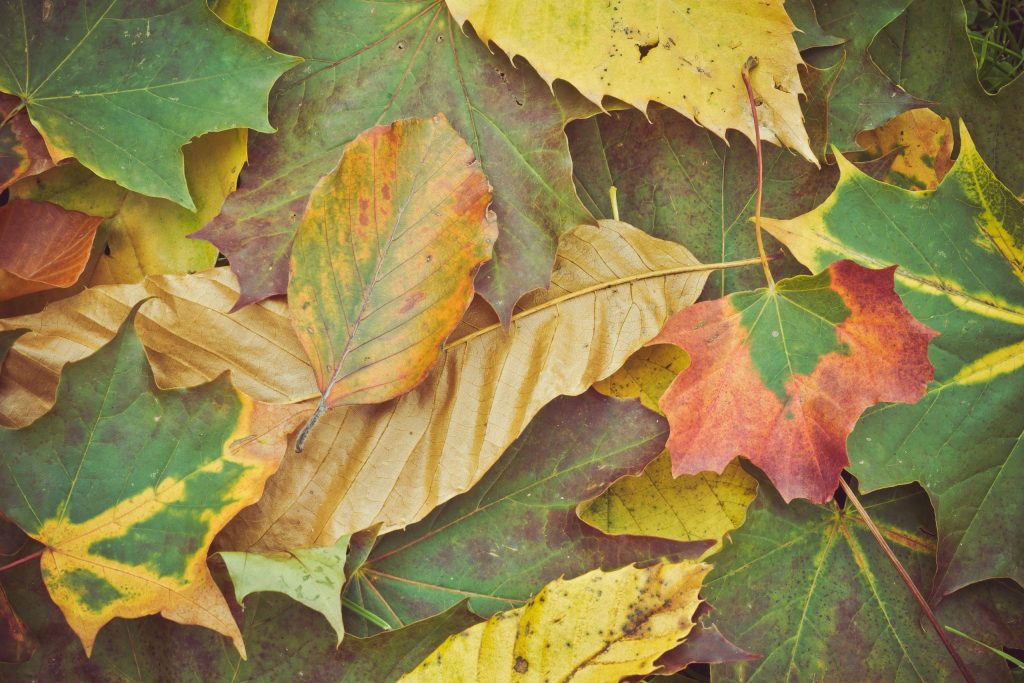If you’re like most, you can’t wait for Fall to begin in Ohio. With temperatures cooling and the presence of red, yellow, and orange leaves all over, what’s there not to love about the season?
As you throw on a sweater and strap on your hiking boots to go enjoy some of the beautiful fall scenery, you may be wondering, “What causes the leaves to change color every fall?”
Deciduous Trees
As you wonder what causes the leaves’ change in color, it is important to note that this change does not occur in every type of tree. Trees whose leaf color changes in the fall are classified as deciduous trees. Deciduous trees normally have large, broad leaves and put out fresh, new leaves each spring.
Throughout the spring and summer, the leaves on deciduous trees are green. This is a result of chlorophyll being created due to the reaction of specialized leaf cells to sunlight. As the fall approaches, trees are presented with cooler weather and shorter days (less sunlight), signaling that dormancy is right around the corner. Throughout the fall, the process that makes chlorophyll slows down, revealing the red, yellow, and orange colors that you see during the season.
Cooler days and reduced exposure to the sun will eventually cause winter dormancy in the tree, leaving the tree with no leaves. This typically occurs at the very end of fall or beginning of winter.
What Causes The Leaves To Change Color?
The environmental changes of the fall signal the tree that it’s time to cut leaves off from its’ internal system. This process is also known as abscission, a natural process of separation in the cells of plants and trees. This is the same process that causes flowers, seeds, and ripe fruits to drop, as well as fall leaves. During abscission, the tree cuts off resources that support two important processes, resulting in the leaves losing their green color:
- Photosynthesis is stopped. This is the process that leaf cells undergo to convert sunlight, carbon dioxide, and water into energy.
- Chloroplasts stop working. These are the cells that produce chlorophyll (green color) during photosynthesis.
Chlorophyll is a strong green pigment, masking the other colors present in the leaf throughout the season. It isn’t until the absence of chlorophyll when you’ll begin to see the reds, yellows, and oranges in the leaves around you. Listed below are the most common types of cells displayed when chlorophyll is removed from leaves:
- Xanthophylls, displaying a yellow color
- Carotenoids, displaying a yellow-orange and orange color
- Anthocyanins, displaying a red and sometimes pink color.
The colors you see on a tree’s leaves during the fall can vary based on the species of the tree and its overall health. Trees that have received an unhealthy amount of exposure to summer heat may have disappointing fall colors, and can result in leaves turning brown. However, it’s important to note that some leaves turn brown naturally.
Get More Fall Colors In Your Garden
Now that you know more about leaf color change and why it happens, maybe you want to plant some deciduous trees on your property! To learn more about which trees would work best for your property, give us a call today! Our ISA Certified arboristsFall will help you choose the right tree, plant it, and make sure it receives the proper care to live a long and healthy life!

